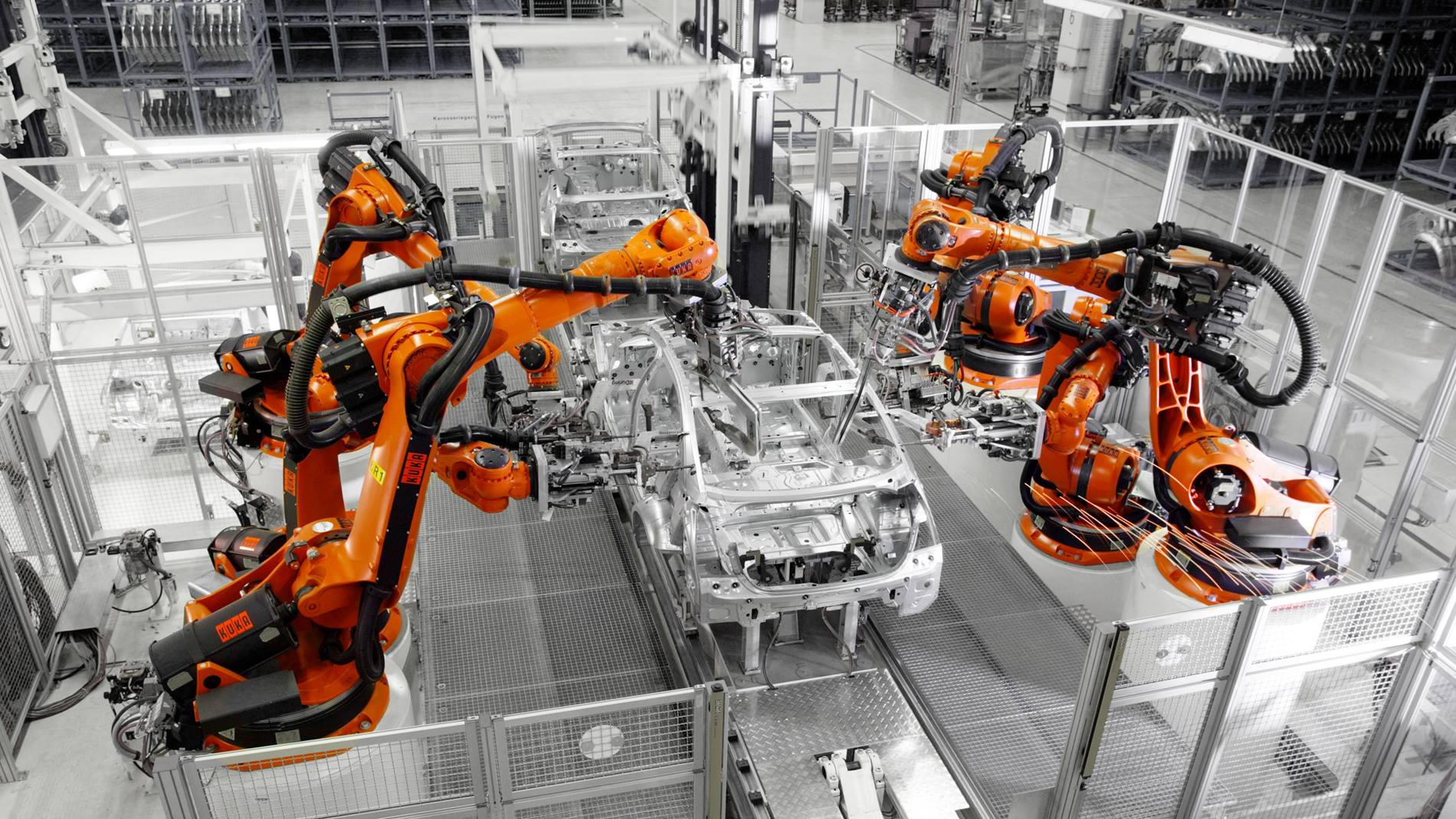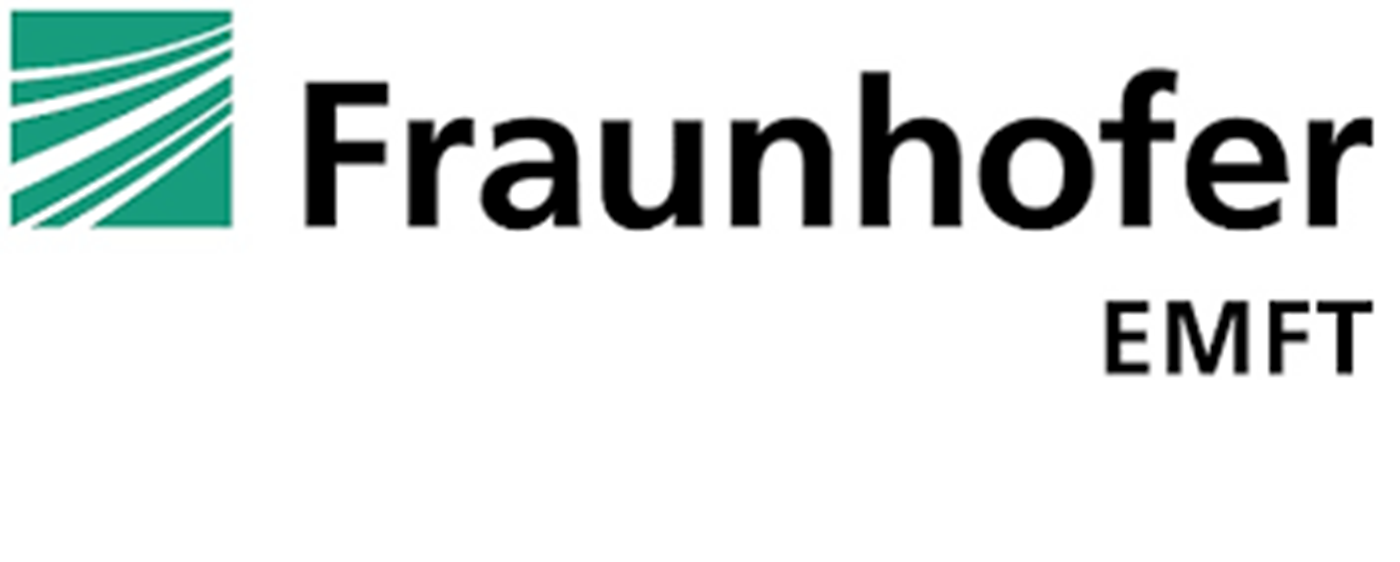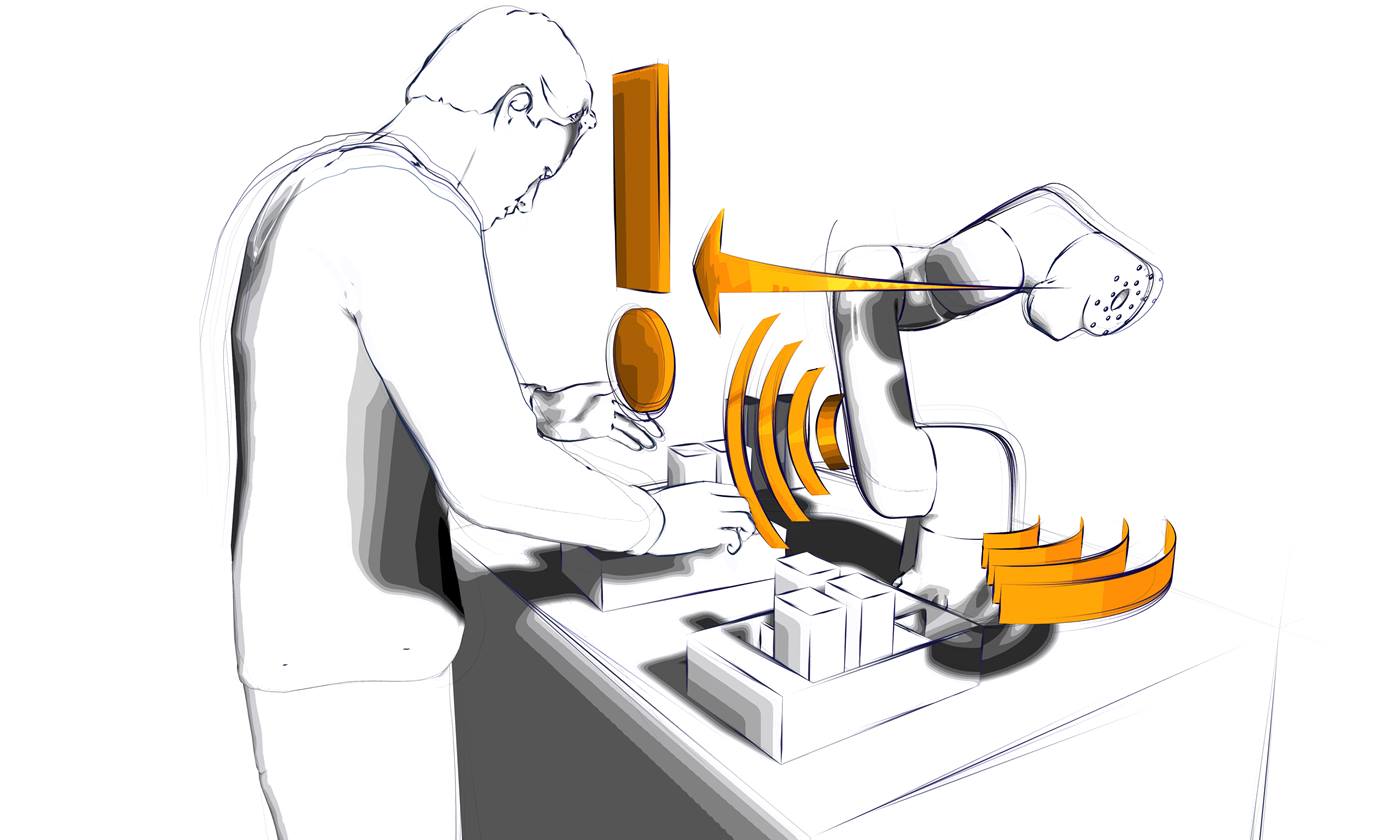Intelligent distance measurement and obstacle detection
We know RADAR-based distance measurements to prevent a rear-end collision in a reliably functioning manner from our passenger car. So why shouldn't we also use this technology for robots to ensure collision-free operation? We are discussing this topic in the research and funding project RoboMove 3D, which is funded by the Bavarian state government for three years (2021 - 2023).
Unfortunately, the direct transfer of the functional principle from the automotive industry to robotics is not so easy. The problem is, first of all, that there are a wide variety of technical and scientific questions to be discussed. These include, for example, how dynamically moving RADAR sensors behave in relation to each other, or how a RADAR sensor can be used to safeguard our robots in safe technology.






